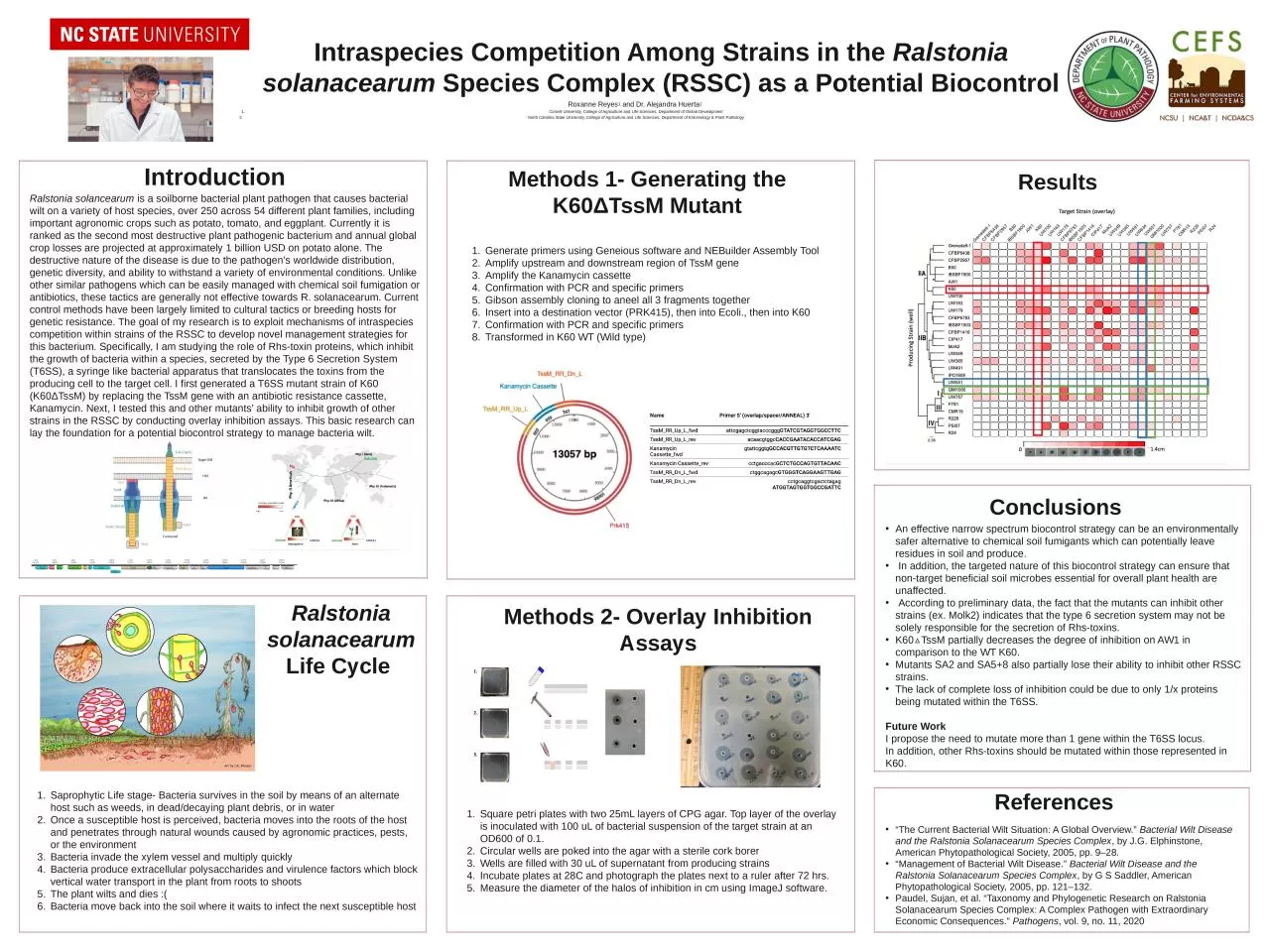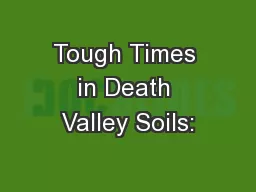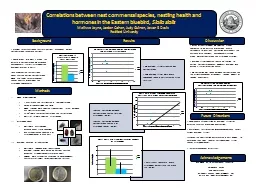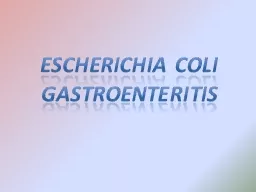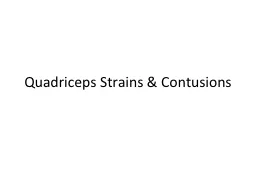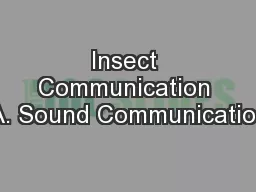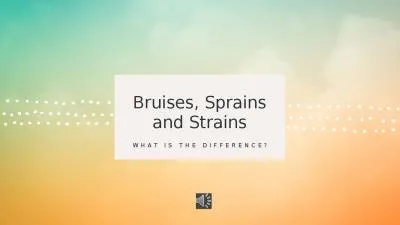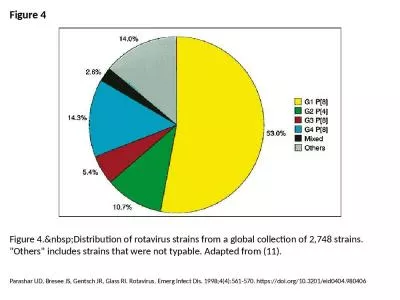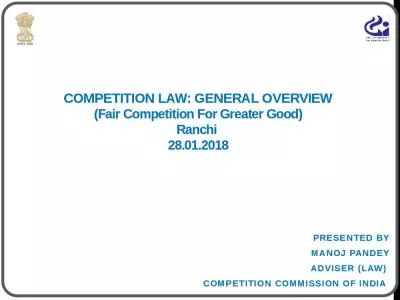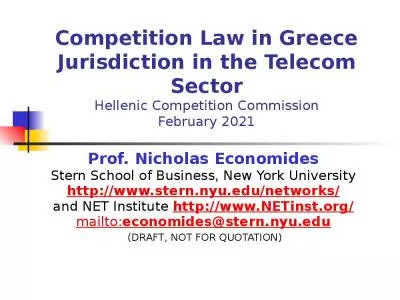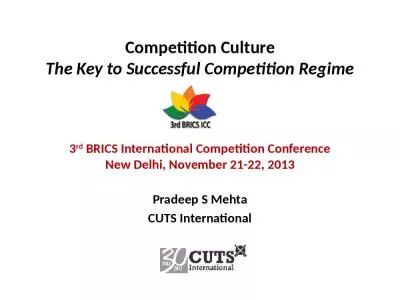PPT-Intraspecies Competition Among Strains in the
Author : rose | Published Date : 2023-10-30
Ralstonia solanacearum Species Complex RSSC as a Potential Biocontrol Roxanne Reyes 1 and Dr Alejandra Huerta 2 Cornell University College of Agriculture and Life
Presentation Embed Code
Download Presentation
Download Presentation The PPT/PDF document "Intraspecies Competition Among Strains i..." is the property of its rightful owner. Permission is granted to download and print the materials on this website for personal, non-commercial use only, and to display it on your personal computer provided you do not modify the materials and that you retain all copyright notices contained in the materials. By downloading content from our website, you accept the terms of this agreement.
Intraspecies Competition Among Strains in the: Transcript
Download Rules Of Document
"Intraspecies Competition Among Strains in the"The content belongs to its owner. You may download and print it for personal use, without modification, and keep all copyright notices. By downloading, you agree to these terms.
Related Documents

